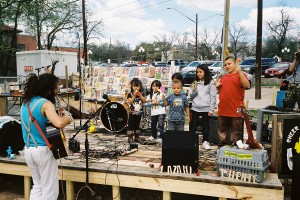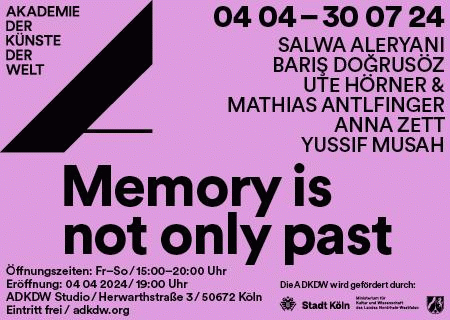Rachel Davis: “I wish that health, safety and wellbeing could be held up as basic human rights”
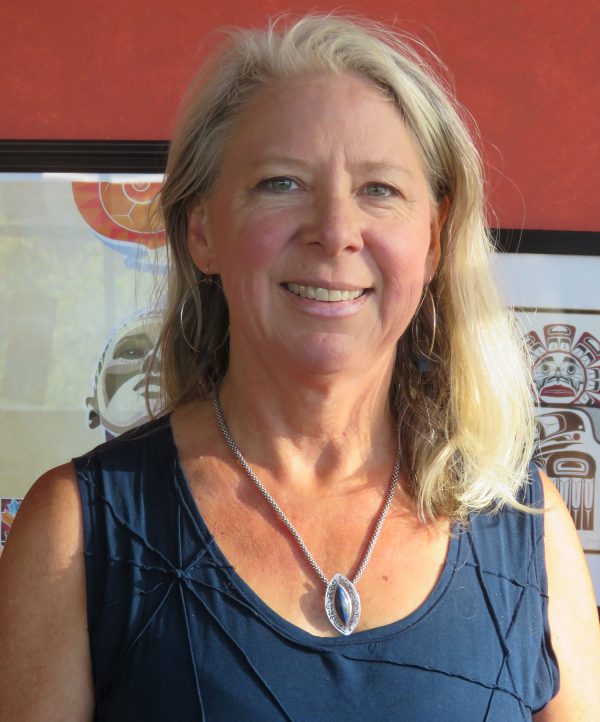
Rachel Davis
I have been a traveler almost all of my life. In some way or another, either by touring as a musician, being invited to speak on panels or exhibit my work I have seen a lot of the world and met many impressive people. In the last years my focus has mainly been on finding people that are actively trying to work on solving the current challenges of our society. It is important to fight against injustice but I believe creating positive alternatives is even more vital.
A philosopher once told me that battling against negativity gives it more energy because of the energy used to fight against it. Energy that could be invested into something healthy and uplifting. That made a lot of sense and I have tried doing this in my work as a musician, artist and writer. Giving light to the invisible, support to the ignored and a voice to the forgotten. In general I have come to the conviction that the prevention of problems is one of the most important topics that exists. It is much more difficult to clean up a mess than evading it from the start – be it health wise (stop smoking before you get cancer), socially (give kids a good home before they become derelicts), economically (learn how to deal with money before you become bankrupt). Oddly this is something that often is not taken seriously even ridiculed. Be it in personal lives or with our institutions, people seem to prefer ignoring healthy decisions, naming addiction, laziness, gluttony or fear as legitimate excuses, to then desperately deal with the difficult results. And so our societies have huge drug, alcohol, crime, corruption and depression rates that seem to rise steadily. I have often wondered why this state of mind is so popular and am deeply thankful whenever I meet somebody that thinks differently.
Rachel Davis is somebody who not only actively works in prevention but who has achieved incredible results. I met her through the German journalist Arndt Peltner in Oakland, CA during one of my residencies there and was impressed from the start. Rachel does not speak about her work much in private if not asked and it took some time until I fully understood what she does. As soon as I did I asked her for an interview because I think her work needs to be heard of. I hope it will inspire others as it has me to fulfill the responsibility that each one of us has to do what we can to make our world a better place for everybody.

“I speak for health”
Danielle de Picciotto: How did you start working in the area of prevention?
Rachel Davis: After growing up on a citrus ranch in a rural part of California, I decided to go for a totally different experience at university. I attended the University of Pennsylvania, which is located in West Philadelphia. There I first came to recognize structural racism and inequities, and I witnessed the gun violence epidemic peak in front of my very eyes. While in school, I began working at a center for runaway and homeless youth, first as a crisis counselor. Each story I encountered was heart-wrenching, and, at the same time, I began to notice some fundamental similarities: we weren’t protecting children and young people.
By my senior year, the center moved me to a local high school. Early in the year, the school principal called me in and asked for my help in solving his biggest problem: an 85% drop-out rate between 9th and 12th grade. In that moment, I understood he was asking me to focus on individual and group counseling and I knew the problem was far more systemic than could be addressed one individual at a time.
When I moved back to California, I encountered the same challenge – we were waiting until young people were harmed and trying to treat them afterwards, without changing the fundamental conditions that were fueling the harm in the first place. For example, I worked in a residential facility for 4- to 11-year-old children who had been severely abused – we were managing them, trying to keep them safe from themselves and each other, but no one was focused on how to keep more kids from experiencing that hardship. Similarly, as a school social worker in San Francisco, I worked with young people who I knew needed support; it wasn’t until several of them attempted suicide in my office that I was able to get help for them.
Time and time again, I realized that, as a society, we were failing to keep children safe and that what they were experiencing was largely a systems failure. For the most part, everything these young people were experiencing was preventable. As I came to understand that and understand the methodology for preventing problems before they occur, I committed myself to prevention.
Could you explain a little about the work you do with your institute
Truly, it was in Philadelphia that I started on my journey down the path that I’ve stayed on for my entire life – preventing problems in the first place. That is what my colleagues and I at Prevention Institute have been doing for more than 22 years. We are laser focused on promoting equitable health, safety and wellbeing.
Prevention Institute’s mission is to build prevention and health equity into key policies and actions at the federal, state, local, and organizational level to ensure that the places where all people live, work, play and learn foster health, safety and wellbeing. We partner with communities, local government entities, foundations, multiple sectors, and public health agencies to bring cutting-edge research, practice, strategy, and analysis to the pressing health and safety concerns of the day. A core part of our efforts is working in partnership with communities that have been the most disenfranchised to identify solutions for better, more equitable health outcomes. We have applied our approach to safety, healthy eating/active living, land use, health systems transformation, and mental health, among other issues.
We always look at what’s happening at the community level, because we all know that people need clean air, safe housing, access to healthy food, connection to others, living wage jobs and many other things to be healthy.
And, we always focus on health equity. Because communities that are subjected to racism, poverty, and underinvestment are the communities where people’s health, safety, and wellbeing suffer the most.
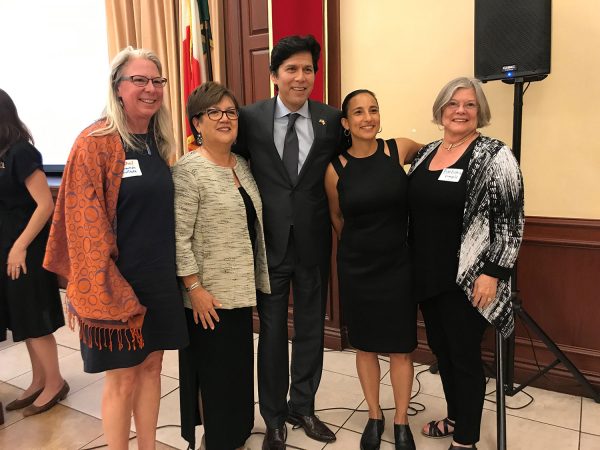
HEALU Summit, May 2019
After traveling the US it is quite easy to become depressed because one can experience so much poverty and despair. What are the most successful endeavours you have experienced in your line of work.
There is a lot working against health, safety and wellbeing in the U.S. We also know that we won’t achieve health, safety and wellbeing if we don’t fight for it, and that keeps us going. In our first twenty years at Prevention Institute, we had a lot of accomplishments that have helped transform the field of public health practice and improve community outcomes, including:
• Developed the Adverse Community Experiences and Resilience framework, the first of its kind to recognize, address, and prevent community trauma, which is also being applied to the opioid epidemic
• Brought a community prevention approach to improving mental health and wellbeing
• Catalyzed and partnered to secure the first ever ongoing federal funding dedicated to prevention and public health: The Prevention and Public Health Fund
• Embedded health equity priorities in local land-use planning processes and public expenditure decisions
• Supported a transformation from addressing violence solely as a criminal justice issue to including public health and prevention approaches; and
• Transformed the policy approach to diet- and activity-related chronic illness to address environmental influences, corporate practices, and government responsibility
Just in 2019, we have helped secure funding to prevent substance abuse among youth in California, and advocated for and won increased federal funding for health initiatives in communities of color and for the Prevention and Public Health Fund. We also worked with the coalition of organizations that have temporarily blocked the implementation of a new “public charge” policy that would deny legal residency to immigrants deemed likely to rely on health-supporting government programs. We submitted six formal public comments; joined an amicus brief filed in 5 lawsuits; issued eight calls to action; and published two policy op-eds.
Prevention Institute also helped secure $22 million per year in perpetuity to eliminate park inequities in park-poor, low-income Latino and Black neighborhoods in Los Angeles. We helped secure this victory through a long-term commitment to build and strengthen the Park Equity Alliance, a network of community organizations and leaders, who advocated both for the original legislation and the implementation guidelines to ensure health equity commitments are met.
And, we have seen health and safety outcomes improve in communities that have taken preventive actions. Knowing that these strategies make a difference, keeps us fighting for communities. We believe that all people can and should experience their full potential for health, safety, and wellbeing across the life course through thriving, equitable communities.
You won a prize a couple of weeks ago. Could you elaborate what it was for?
The American Public Health Association (APHA) honored me with their 2019 Award for Excellence. The APHA Award for Excellence is given each year to a living individual in recognition of their exceptionally meritorious contribution to improving community health. I received the award for my “forward thinking vision, outstanding leadership, and commitment to creating thriving, equitable communities.” I was also recognized for having developed tools and frameworks that contributed to a shift in how violence is approached locally and nationally in the United States, meaning from a criminal justice approach to a preventable, public health problem.
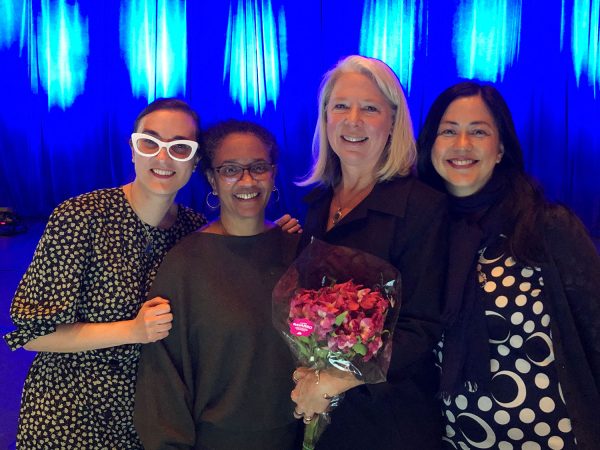
Awards Ceremony (11.5.19).jpg
What other institutes do you know of that do similar work as your institution?
When we formed in 1997, there was only one other organization in the U.S. focused on multiple health and safety issues and most organizations weren’t focused on change at the community level. Since then, we have seen more and more organizations adopting a community-level approach to health and health equity. For example, The California Endowment, informed in part by our research, launched a 10-year, billion-dollar initiative to invest in 14 communities in California to build community power to change policies to change environments to improve health and health equity. A number of nonprofit groups have also emerged. Many specialize in specific health issues like violence prevention or healthy eating and active living, or they have a specialty like public health law. We partner with many organizations that focus on overlapping issues such as Cities United, the Big Cities Health Coalition, PolicyLink, and Trust for America’s Health. In these partnerships, we find that an important element that we bring is to always emphasize the importance of community-level change, primary prevention (action before there is a problem), and achieving equity in health outcomes.
What is the most difficult part of your work?
The last few years have been very difficult ones for the public’s health. At Prevention Institute, we are committed to maintaining whatever gains we can; fighting against the daily barrage of threats to people’s health, safety and wellbeing; and putting in place whatever we can now, so that we will be prepared to accelerate progress when the time comes. Balancing this fight alongside supporting communities to get to healthier outcomes is a challenge in and of itself. Market-driven forces are often at odds with what we are trying to achieve. For example, health care companies, the pharmaceutical industry, and even prisons do better when communities are not healthy and safe. Also, even though schools and workplaces do better when people are healthy, policymakers are reluctant to invest in prevention, so resources are always a challenge. It’s hard to get adequate resources invested in prevention, and it’s always a challenge to bring in enough resources to support an organization like ours.
What is the most rewarding part of your work?
The inspiring work of communities across the country is showing us all the path to health, safety and wellbeing for every single person. Despite the constant threats to health — along with dignity and hope — we see communities taking on the challenges and finding solutions. We are privileged to get to work in partnership with these communities. Seeing real changes taking place, gives me hope.
For example, a number of years ago, we started working with Milwaukee to comprehensively address its high rates of violence and homicide. We partnered with the public health department and helped facilitate a planning process in which thousands of people from Milwaukee’s communities and many representatives from different parts of government participated. The result was Milwaukee’s Blueprint for Peace. It’s a comprehensive, citywide plan that includes multiple strategies to create a safer city. The development of the Blueprint has coincided with a 4-year decline in homicides.
I am also very fortunate to have an amazing team of colleagues. Our staff are very committed to ensuring that people are healthier and safer and that those who have been the most marginalized, have equitable opportunities to achieve health. I call them prevention and health equity superheroes, and I am proud to work alongside them.
If you could wish for something what would it be?
I wish that health, safety and wellbeing could be held up as basic human rights and that, as a society, we would value health, safety and wellbeing and act accordingly. Good health is the cornerstone of everything else; without it, everything else is more difficult or untenable.
We act like good health means access to healthcare, even though healthcare is only responsible for 10% of our health. A study in the 1990s showed that half of all deaths in the U.S. were premature and therefore preventable. With the rise of diseases of despair (suicide, opioid overdoses, and cirrhosis) and shrinking life expectancy over the last three years in the U.S., that number is likely higher. And the tragedy is that, it doesn’t have to be this way. People are skeptical that prevention works, but it’s been proven time and time again that many chronic diseases, violence, substance misuse, trauma and some forms of mental illness and mental health problems are all preventable. We can do so much better than we are. And we can achieve far better health for people and communities that are the most vulnerable (e.g. people in concentrated poverty, communities of color, etc.). My wish is that we start valuing health and investing in the things that will ensure that all people have the opportunity for health, safety and wellbeing.








